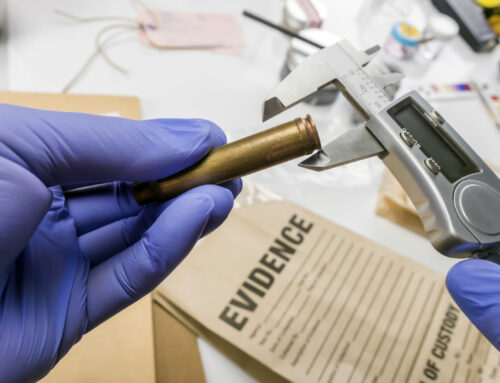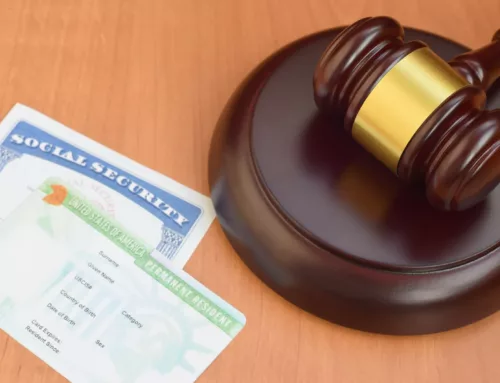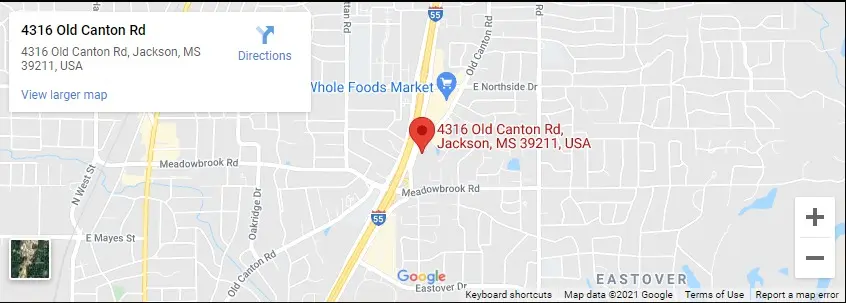The Social Security Death Index Database
The Social Security Death Index (SSDI) refers to a database of people whose deaths were reported to the Social Security Administration (SSA). Most of these are deaths from 1962 onwards, with a small number from prior years. It is primarily based on the Death Master File, which came from internal SSA records of deceased persons possessing social security numbers (and whose deaths were reported to the SSA). It is close to being a national death index for the United States.
Recent entries to publicly available versions of the Social Security Death Index have not been made public, mainly due to restrictions that were put in place in 2014. While many deaths from about 1962 to around March 2014 are still listed (especially those after the late 1980s), several names are missing. Consult with knowledgeable Jackson social security attorneys to know more about these things.
Searching the Social Security Death Index
Social security death index records are integrated with the other online collections and family history research tools. In general, name searches are processed against the deceased’s first name, middle initial, and last name. Only the first 10-12 letters of first names are shown in the death index records, even for ancestors with longer names. If you are having difficulty finding your ancestors’ records, it will help to try searching by nicknames, name variations, or maiden surnames (for married female ancestors). Another way to refine a search is to add zip codes and birth or death date years.
A combined search of the SSDI database and newspaper obituaries can provide 98% of recent annual deaths in the country. As long as the following information is available to the SSA, one can retrieve the full name, social security number, birth date, death date, last residence of the decedent, and any lump sum payment. An ancestors’ official obituary or death record is often supplemented with details preserved in newspaper archives, such as the birth announcement, marital status, or military records of immediate family members or ancestors.
Things to Remember When Going Through Indexes
It is essential to keep in mind that the social security number of a person who passed away within the last ten years will likely not be visible on the record index. Additionally, the death place in the SSDI may not be the actual place of death, and you may use a local newspaper’s obituary to cross-reference this information.
It is also crucial to remember that the absence of a particular person in the SSDI is not proof this person is alive. Before social security numbers or SSNs were linked to death records, someone who died might have been missing from the index. If you never requested the Social Security death benefit, there was an error on the form requesting the Social Security benefit, or a mistake was made when entering the information into the SSDI database. Each update of the DMF includes corrections to old data as well as additional names. However, there is a possibility that incorrect records of death have been entered on the DMF, and the SSA does not guarantee the accuracy of the file.
Tracing Information and Accessing Records
Social Security birth and death records can help confirm the dates of birth and death of an ancestor, locate their last residence, and determine where an ancestor lived when their Social Security card was issued. For family history research purposes, one can often find the first name and surname, date of birth, date of death, and age of death of the deceased individual, together with the state & zip code in which the Social Security card was issued. In some instances, the SSDI can often provide medical files and ‘cause of death’ reports, which may help reveal or confirm hereditary medical conditions.
If you find someone listed in the Social Security Death Index, you can order a copy of the form they filled out when they applied for a Social Security card or SS-5 application. This record usually has more information about the person, such as date and place of birth (and names of parents, in some cases). This is usually useful when a family member or mortuary is filing for death benefits. A competent Jackson social security attorney can help you with your Social Security concerns.
Genealogical Research and Beyond
For many genealogists, the Social Security Death Index is the first step to accurately identifying ancestors and mapping out an accurate portrait of their family history. Combined with their newspaper obituary, you can find detailed and valuable information about your ancestors, such as their career, hobbies, civic associations, academic affiliations, and a list of close relatives. For one, these records can help expand your family tree and uncover related family members. In some cases, however, it could be key to something more.
If you wish to know more about the relevant state law in place, average processing time, and other purposes of an SSDI search, it is best to contact a reliable Jackson social security law firm today. Call us at the Rollins Law Firm and consult with a diligent social security lawyer.









Connect with Us